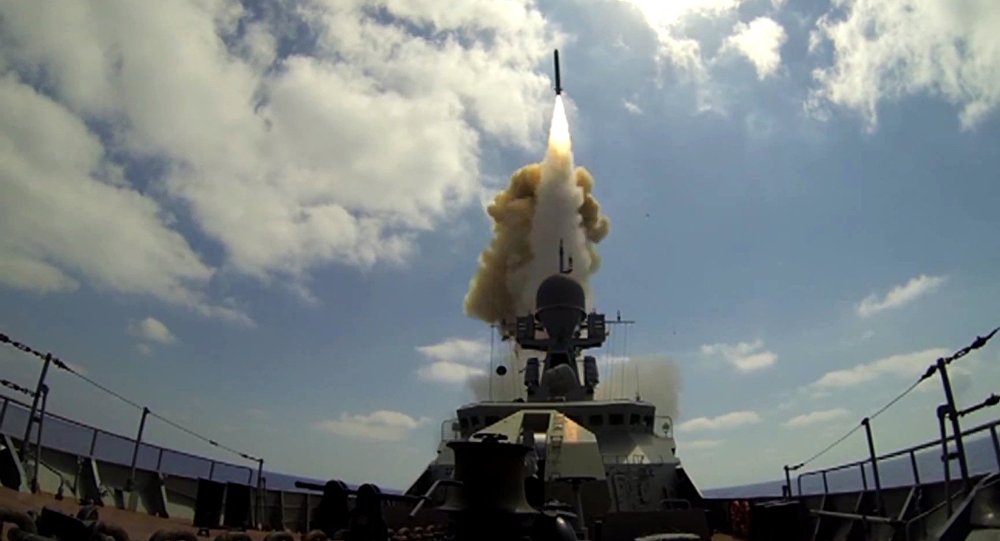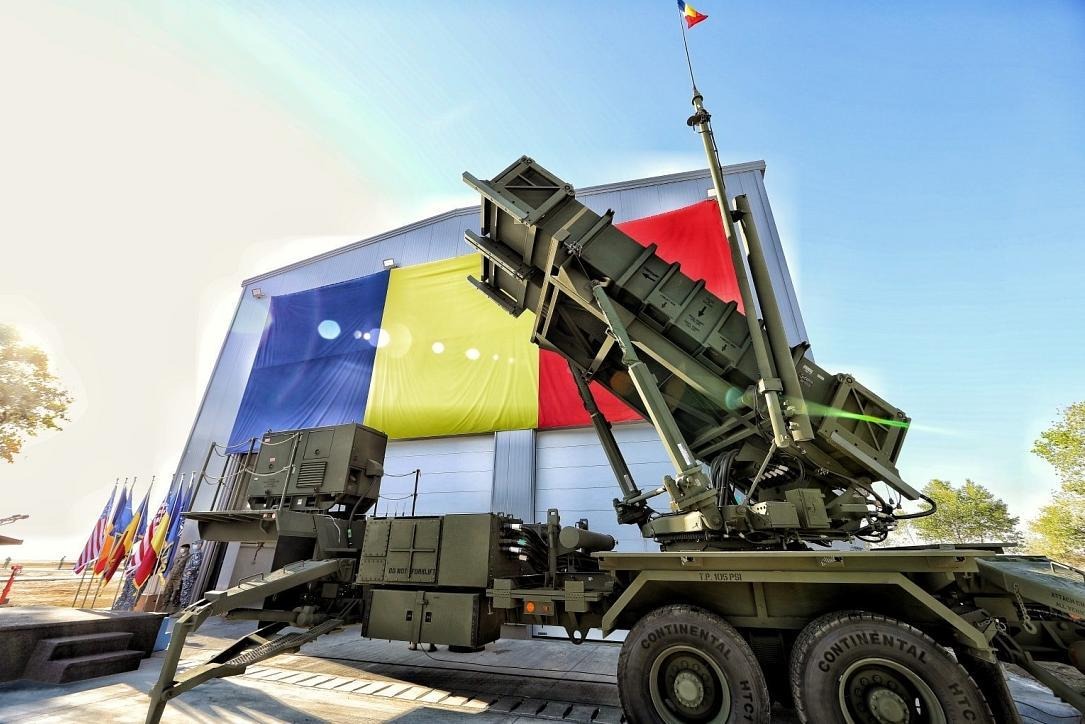
Russia’s Armed Forces Pursue High-Precision Strike Capability
Russia’s Armed Forces Pursue High-Precision Strike Capability
Russia’s Armed Forces continue to introduce and develop high-technology approaches to modern warfare, partly reflecting the ongoing modernization process and also lessons drawn from operations in Syria (see EDM, July 23). Such developments are taking places across the branches and arms of service, and they impact on combat, combat support as well as combat service support capabilities. Additionally, based on Russia’s experimentation with high-precision strike systems in Syria, ongoing research and development (R&D) and the final collapse of the 1987 Intermediate-Range Nuclear Forces (INF) Treaty, the political-military leadership is placing greater emphasis on such systems (Izvestia, August 29).
Some military exercises and testing of such capabilities occurred in August, partly in preparation for the annual operational-strategic exercise this month, Tsentr 2019. That exercise will feature Russia rehearsing military operations alongside its Central Asian allies, and will also include forces from China, India and Pakistan. Popular media coverage of the upcoming exercise will likely focus overwhelmingly on the involvement of these other militaries, especially the presence of the Chinese People’s Liberation Army (PLA). But the Russian forces involved in Tsentr 2019 will notably feature units and platforms from other military districts. The artillery and missile forces in the Eastern Military District, for example, recently tested the Iskander theater ballistic missile system. The system in question was moved from its base to the Kapustin Yar training ground (Astrakhan region), where it fired its missiles and struck targets in various coordinates. The exercise featured bomb damage assessments (BDA) using the Orlan-10 unmanned aerial vehicle (UAV). The drone’s video signal was transmitted to the control and monitoring station at the base. This practiced use of UAV platforms to facilitate BDA follows a pattern set during Russian air operations in Syria (Izvestia, August 31).
High-precision strike capabilities will certainly feature during Tsentr 2019. An additional system tried and tested in Syria, the Kalibr cruise missile, was tested in late August as part of naval exercises involving the Black Sea Fleet. The small missile ship Vyshniy Volochek successfully hit a target functioning as a hypothetical enemy vessel, at a range of 40 miles. The naval exercise reportedly involved ten warships, but the notional strike using the Kalibr cruise missile appeared to be an important highlight of the overall exercise scenario (Izvestia, August 30).
Regarding high-precision strike capability R&D by the Russian Armed Forces, much attention has lately focused on the 3M22 Tsirkon hypersonic anti-ship missile system. During the MAKS 2019 air show, in late August, Boris Obnosov, the director of the Tactical Missile Weapons Corporation, said that Russia is testing the Tsirkon, one of the advanced systems referred to by President Vladimir Putin in his address to the Federal Assembly (upper chamber of parliament) in February. Reportedly, the Tsirkon will have a flight speed of Mach 9 and a range in excess of 1,000 kilometers (Izvestia, August 29).
Obnosov pointedly denied rumors that a ground-based version of the Tsirkon may be developed, arguing that work on the anti-ship version must first be completed. In 2020, further testing of the Tsirkon will involve firing from surface ships and submarines. The underwater part of the tests are scheduled to coincide with the introduction of the Project 885M Kazan multipurpose submarine. The first launch of the Tsirkon from the side of a combat ship will be carried out by the Project 22350 frigate Admiral Gorshkov(Topwar, August 29).
The MAKS 2019 air show also displayed two new air-guided bombs for use by the Aerospace Forces (Vozdushno Kosmicheskikh Sil—VKS). These are the 500-kilogram K08BE and the 1,500-kilogram K029BE. According to sources consulted by Izvestia, both munitions use a combined inertial-satellite guidance system to ensure their use against targets detected by the carrier aircraft and previously identified ones, without active sensors being used by the carrier. K08BE and K029BE benefit from the development of aerodynamic surfaces when dropped from a considerable height and speed, and they can be used at ranges of 40–50 km from the aircraft. At the same time, an important advantage of air bombs over missiles remains—a much higher ratio of the mass of the warhead to the total mass of the munition. The K08BE has a high explosive warhead weight of 390 kg; the K029BE has a 1,010 kg warhead, which, together with its high accuracy, can hit the most heavily fortified targets (Izvestia, August 27).
While these developments and tests may appear unconnected, they fit a wider pattern of procuring high-technology assets. This also draws on experience gained during the VKS operations in Syria. The long-term implications of the greater diversity and accuracy of Russian conventional high-precision strike systems will be of concern to the United States and the North Atlantic Treaty Organization (NATO). Russia’s experimental use of high-precision strike systems in Syria seems to have boosted the extent to which these are prioritized by the political-military leadership as part of the modernization of the Armed Forces.


